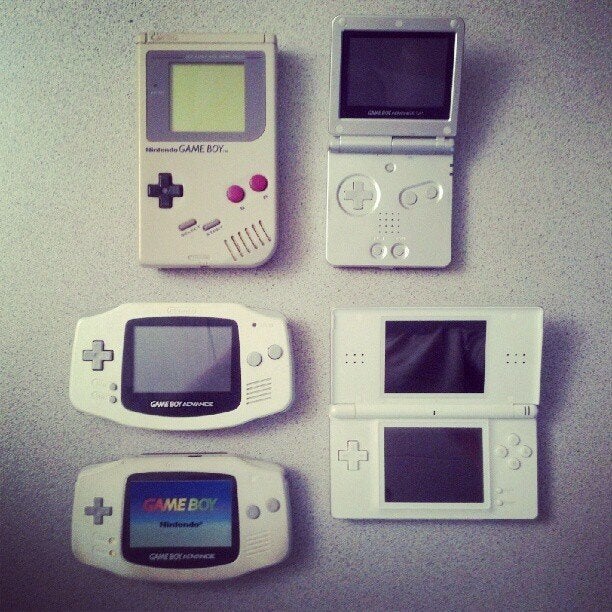
Today, the U.S. Securities and Exchange Commission (SEC) will consider a final rule to implement section 1502 of the Dodd-Frank Wall Street Reform and Consumer Protection Act. This section, better known as the conflict minerals law, requires many companies to disclose whether tin, tantalum, tungsten or gold used in their products originated in the Democratic Republic of the Congo (DRC) or adjoining countries. If the answer is yes they are required to determine whether the minerals had a role in supporting the ongoing conflict in the region.
It can't be done.
At first blush, this sounds like an impossible requirement. How can a company that is seven or eight steps removed in the supply chain possibly figure out whether the mining of raw materials in their product might have supported conflict in Central Africa? When this issue was first brought to the attention of the electronics industry several years ago, this was exactly our reaction. But, after some time and thought, we, in the electronics industry -- specifically, the member companies of the Electronics Industry Citizenship Coalition (EICC) and the Global e-Sustainability Initiative (GeSI) -- are confident we have found a way. And, more importantly as this rule ripples through the economy, we are willing to share our ideas with others.
But wait, we can figure this out
As an industry, we are known for solving problems and creating innovations. The logarithmic pace of change in electronics predicted in 1965 by Moore's law has held true for almost half a century and brought the world the computer, the Internet, smartphones and a myriad of other technologies that have transformed society.
Thus, it should be no surprise that the electronics industry developed an efficient and effective way to manage conflict minerals. We started by mapping the supply chain. The natural choke point is the smelting, or refining, process. We identified all the smelters that we could for the four minerals named in the law and developed a process to audit them. Dubbed the "conflict free smelter" program, these audits determine the origin of the raw materials used by a smelter and their connection with the DRC conflict. Thus far the program has identified 13 tantalum smelters and six gold refiners that are "conflict free" -- and more are being added all the time.
The next step is to figure out whether the minerals in your product came from a conflict free smelter. The only way to do this is to trace the materials through the supply chain all the way back to the smelter. If you could visualize this supply chain it would look like a pyramid with the smelter being at the peak and the minerals flowing downstream though many companies before they end up in your laptop or smartphone. The most efficient way to track the minerals through this complex web is to create a standardized system that all of the players in the supply chain can use.
For example, at AMD we ran a pilot test of this process in anticipation of this rule being issued . We took two of our products, identified all of the suppliers who provided the materials and sent them each the standard questionnaire. They, in turn, surveyed their suppliers and so on until the smelter of origin for each mineral was identified. Then we simply checked to see if the smelter was listed as "conflict free."
Using this process, we have identified over 100 smelters to date. While the conflict free smelter list stands at just 13 so far, we anticipate that many more will be added as implementation of the rule progresses.
What about the side effects?
This is a good start, but we recognized that there was a potential flaw in our program: The easiest way to be designated as a "conflict free smelter" is to simply avoid using any materials originating from the DRC region. If this were to happen it could damage the legitimate mining industry and injure the livelihoods of many innocent people.
While the law itself does not require any of these steps, the electronics industry has worked on a couple of programs aimed at avoiding a minerals embargo of the region. AMD and several other companies joined the U.S. State Department to found the Public-Private Alliance (PPA) for Responsible Minerals Trade. This a joint initiative among governments, companies, and civil society aims to demonstrate that it's possible to secure legitimate, conflict-free minerals from this region.
In addition to the PPA, the "Solutions for Hope" project was announced by Motorola Solutions Inc. and AVX Corporation in July of 2011. This program provides conflict free tantalum from the DRC that can be tracked all the way through the supply chain to the final product.
After all this, will this problem be solved?
By partnering across the electronics industry and applying the spirit of innovation that created the tech revolution, we went from "it can't be done," to "we think we have a solution," to "we need to go beyond the law to make sure that our solution actually helps the people of the DRC."
The ultimate question is whether the new law and all of our implementation efforts will be sufficient to resolve the conflict in the DRC. While it's impossible to answer this question today, it is clear that lasting peace will require the DRC itself to implement security, new infrastructure, and the rule of law -- all of the basic elements of a civil society that we take for granted but are missing in this part of the world.
If nothing else, this new rule has focused the world's attention on the horrific conflict in the Congo. If our industry's efforts to eliminate conflict minerals from our products are augmented by the combined diplomatic, political and economic commitment of the global community perhaps there is hope for sustained peace and prosperity in the DRC.
Tim Mohin is Director of Corporate Responsibility for Advanced Micro Devices (AMD) and the author of the book, Changing Business from the Inside Out: A Treehugger's Guide to Working in Corporations (Greenleaf and Berrett-Kohler). His postings and comments made in his book are his own opinions and may not represent AMD's positions, strategies or opinions. Links to third party sites, and references to third party trademarks, are provided for convenience and illustrative purposes only. Unless explicitly stated, AMD is not responsible for the contents of such links, and no third party endorsement of AMD or any of its products is implied. Follow Tim @TimMohinAMD and check out AMD's latest Corporate Responsibility Report - the summary is available as a tablet app.
